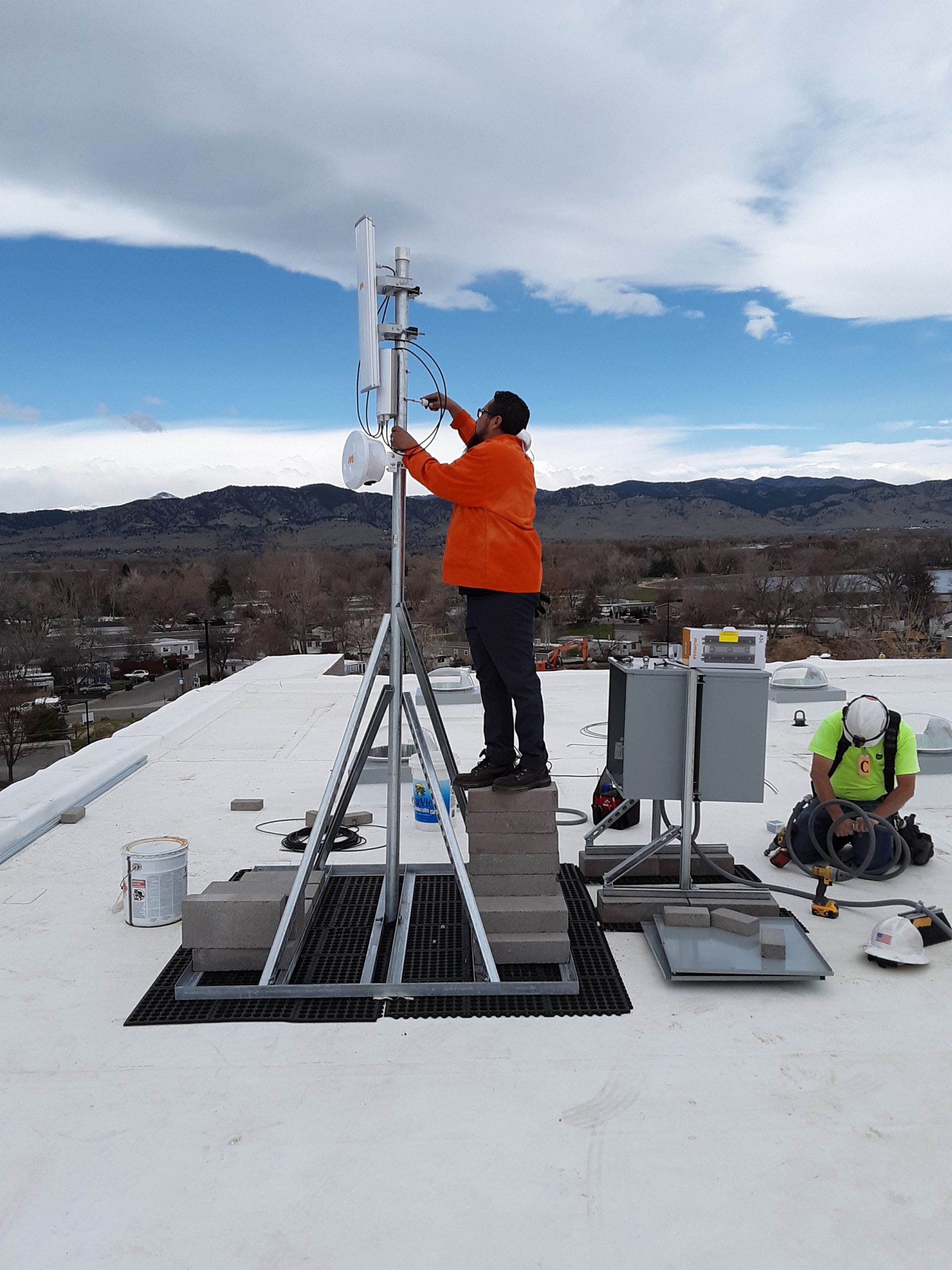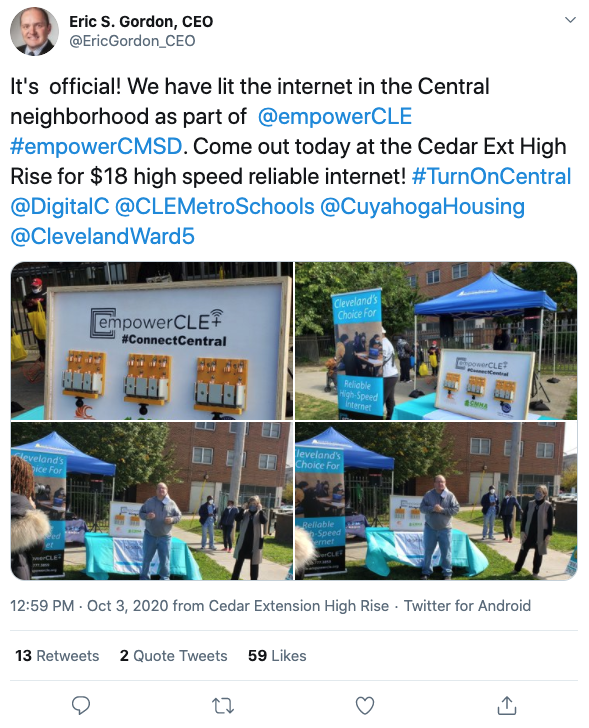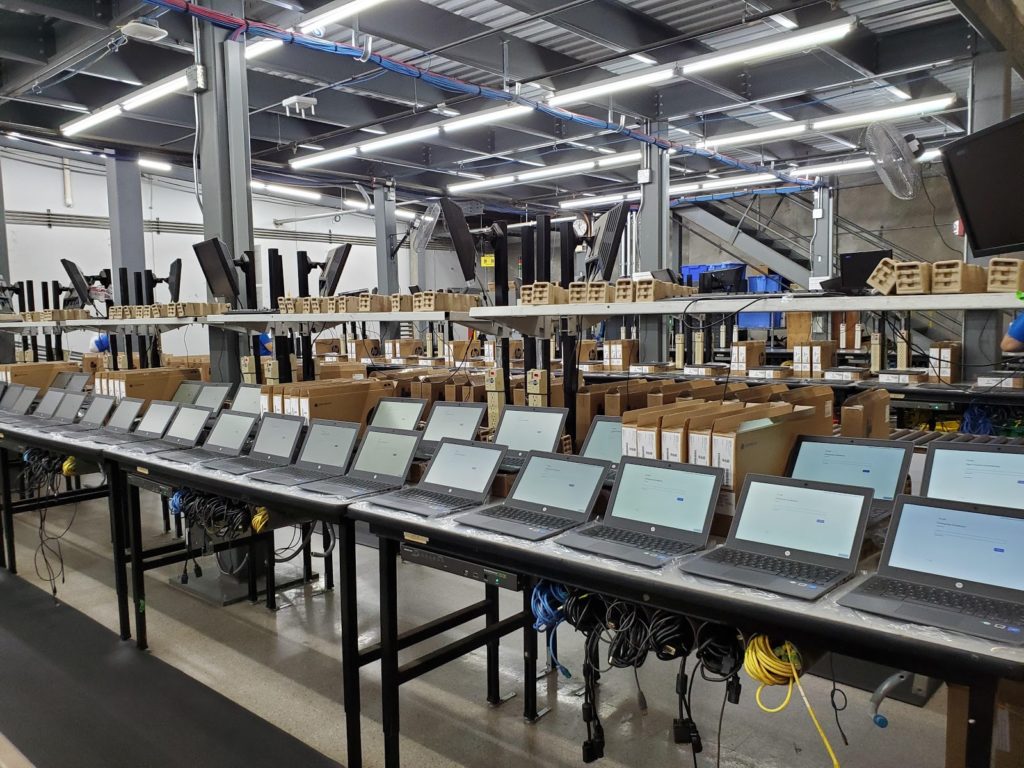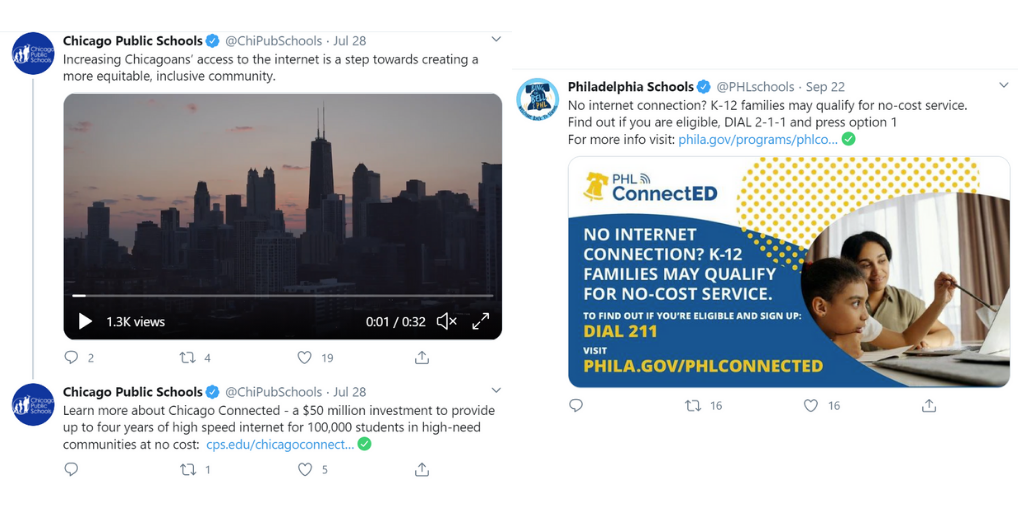Initiatives to Meet the Continued Need
As the COVID-19 pandemic wears on, chiefs continue to grapple with problems related to the digital divide. While they have highlighted the need for more federal support to address the tremendous challenges at hand, they know their students can’t afford to wait. As such, systems leaders have begun working to implement localized, longer-term efforts to get students connected. The following is a snapshot of some of the various approaches.
Leveraging Dark Fiber in San Antonio
Building on technology investments made in the early days of the pandemic, San Antonio Independent School District, under the leadership of Chiefs for Change board chair Pedro Martinez, is partnering with the city to leverage unused “dark fiber” in a plan to connect students’ homes to schools’ Wi-Fi networks. From traffic lights, libraries, and other connection points along the existing network, crews are running new fiber optic cables into neighborhoods where people do not currently have access to the Web. This allows students to link to their school’s network as if they were inside the physical school building.
Providing Over-the-Air Internet in Boulder
Nearly all students in Colorado’s Boulder Valley School District now have a home internet connection thanks in large part to an innovative partnership between the district and a local service provider. Through an agreement approved by the school board in April 2020, the provider is installing transmitter/receivers on school rooftops that allow customers within a two- to three-mile radius to obtain an over-the-air internet connection. The service is available at no cost for families with children who qualify for free or reduced-price lunch. Previously, the district purchased Wi-Fi hotspots or low-cost “internet essentials” packages for students who could not get online from home. With the over-the-air service, the district is transitioning families to a more permanent and reliable solution. The service provider is installing antennae at new schools every couple of weeks. Superintendent Rob Anderson believes the approach could be adopted by other systems, especially if the Federal Communications Commission (FCC) eases restrictions on the use of E-Rate funds.

Blanketing Neighborhoods with Free Wi-Fi in Phoenix
Phoenix Union High School District, led by Superintendent Chad Gestson, is implementing a citywide Wi-Fi initiative known as the “Network for the Future.” The goal is to blanket Arizona’s capital city with free Wi-Fi by building a network through a public-private collaboration that includes every local school, community college, the City of Phoenix, Maricopa County, and several businesses and community partners. Currently, the community is working on a small pilot covering four square miles and hopes to create a replicable model.
Treating the Internet as an Essential Service in Cleveland
Cleveland is the “worst-connected” large city in the country—nearly two-thirds of families with children in the Cleveland Metropolitan School District (CMSD) do not have internet at home. In an effort to move away from temporary hotspots and toward a lasting solution, CEO Eric Gordon is working with community partners to make the internet an essential service, like electricity, heat, and water. The plan calls for the district to pay less than $20 per month per home to connect families and ensure low-income students have the same access to online resources as their more affluent peers.

Expanding Broadband Statewide in Mississippi
The Mississippi Department of Education, where Chiefs for Change board member Carey Wright serves as superintendent, is pursuing a plan to increase educational equity by ensuring every student in the state has the technology to learn at school and at home. Mississippi received $1.25 billion in federal COVID-19 relief funds. The department is using $200 million of that allotment to fund its Mississippi Connects plan, which includes purchasing computer devices for all students and teachers; software to deliver instruction; enhanced internet connectivity in unserved areas; and professional development for digital teaching and learning. It is seeking additional public and private support to strengthen and sustain its digital learning initiative over the long term.

Launching Programs to Get Students Online in Chicago and Philadelphia
Chicago Public Schools (CPS), under the leadership of CEO and Chiefs for Change board member Janice K. Jackson, launched Chicago Connected, a groundbreaking initiative to deliver free, high-speed internet service to approximately 100,000 CPS students. The first-of-its-kind program is one of the largest and longest-term efforts by any community to give students in need free, high-speed home internet over the course of four years. Meanwhile, under Superintendent William R. Hite, Jr., the School District of Philadelphia collaborated with the City of Philadelphia, Comcast, and other local partners to create PHLConnectED. The initiative aims to provide free internet access for up to 35,000 students who do not have reliable service.

